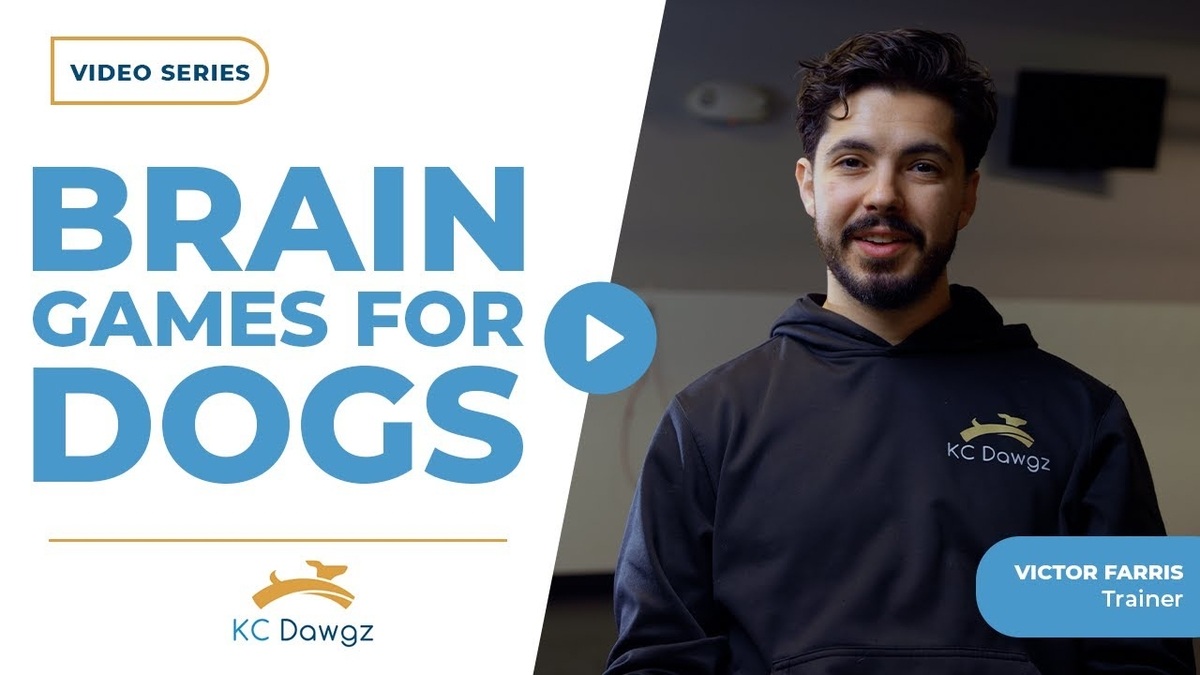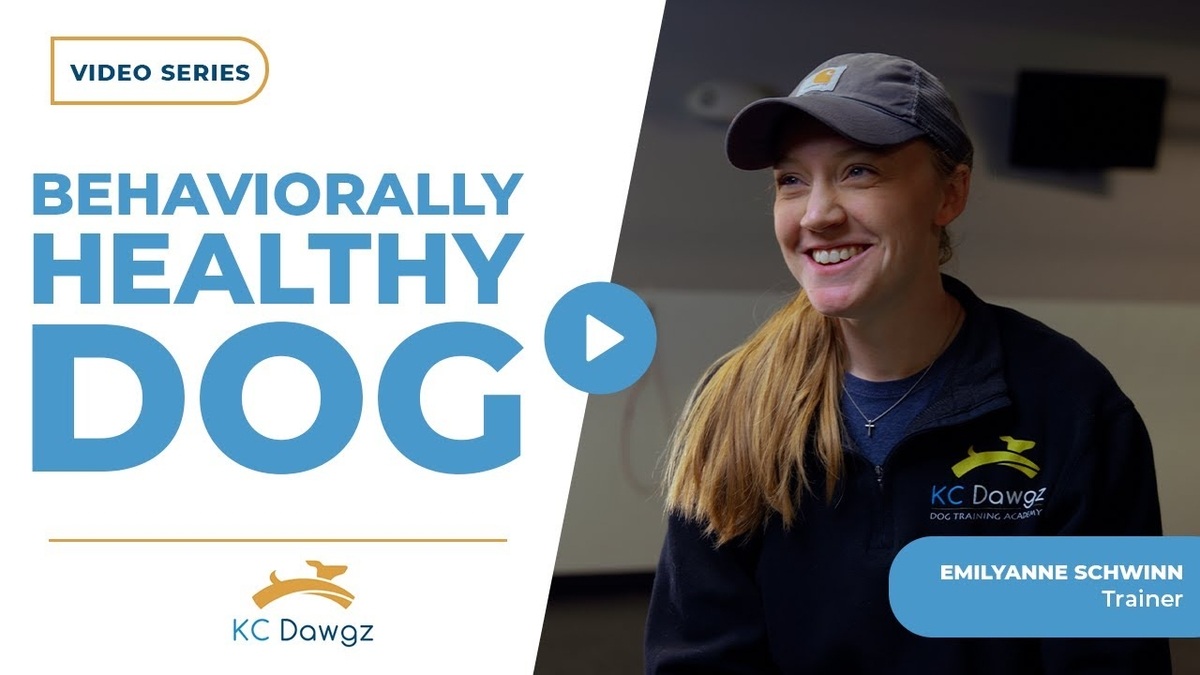Effective dog training is rooted in understanding your dog’s unique needs and behaviors. While many owners focus on teaching commands, the approach you take can make or break your training success. Mistakes like inconsistent rewards or unrealistic expectations can not only slow progress but also strain the relationship with your dog. Let’s explore the common ineffective dog training techniques to avoid, ensuring your furry companion grows into a confident and well-behaved partner.
1. Setting Unrealistic Expectations
One of the most common mistakes in dog training is setting expectations that are too high. Every dog is different, and expecting your dog to master commands or behaviors too quickly can lead to frustration on both ends.
The Funnel of Expectations
Dogs need a clear and gradual learning process. Imagine training as a funnel: at the top, there is a wide range of what your dog can do, but as you move down, expectations should become more specific and precise. This means you should not expect your dog to perform advanced behaviors if they haven’t yet mastered the basics.
Tip: Patience is key. Your dog will progress, but it’s important to start with foundational commands and then gradually increase the difficulty. Avoid introducing too much negativity too soon, as this can discourage your dog from learning.
2. Using Negative Reinforcement Too Early
It’s important to understand when and how to use negative reinforcement. One of the ineffective dog training techniques is applying negativity before your dog fully understands what is expected of them.
Timing is Everything
Dogs need clear signals about what behavior is correct. Negative reinforcement should only be used once the dog knows what you are asking of them. For example, if your dog doesn’t understand a command yet, using punishment will only confuse them. You should always prioritize positive reinforcement—using treats, toys, or praise—especially during the early stages of training.
Tip: Save corrections for when your dog has already learned a command. Otherwise, it could lead to fear and confusion.
3. Overusing Leash Pressure
Leash training is an essential part of your dog’s education, but it can become an ineffective technique if not used correctly. Some owners try to use leash pressure to guide their dog into every interaction or behavior, such as forcing them to greet people or other dogs.
Let Your Dog Set the Pace
Dogs need to feel comfortable and confident when meeting new people or encountering new situations. Forcing them into these interactions with leash pressure can lead to stress or anxiety. Always allow your dog the opportunity to approach new things on their own terms.
Tip: Instead of relying on leash pressure, encourage your dog to approach new situations gradually with positive reinforcement. Let them know it’s okay to take things at their own pace.
4. Inconsistent Reward Systems
One of the biggest pitfalls in dog training is inconsistency, especially when it comes to rewards. Some owners accidentally reinforce the wrong behaviors because they don’t understand the timing of when to reward and when not to reward.
Understanding Barking and Rewards
For example, if your dog barks excessively and you give them attention—whether positive or negative—you’re inadvertently teaching them that barking gets results. This can quickly turn into an unwanted habit.
Tip: Only reward behaviors you want to see repeated. If you’re trying to curb excessive barking, don’t give in and reward them with attention when they’re loud. Instead, wait for moments of calm and reward those.
5. Over-Implementing Boundaries with Puppies
Puppy training is crucial for setting good habits, but it’s also easy to go overboard with boundaries too soon. One ineffective technique is imposing too many rules or restrictions on a puppy who is still learning how the world works.
Setting Boundaries Gradually
Puppies are full of energy and curiosity. While it’s important to set boundaries, these should be balanced with plenty of positive reinforcement and freedom to explore. If you over-implement boundaries, your puppy might become hesitant to try new things or learn, which can slow their development.
Tip: Focus on rewarding good behavior in puppies and set boundaries in a gradual and kind way. Let them learn by doing and making small mistakes, rather than overwhelming them with restrictions.
In Summary
Dog training is a journey that demands patience, consistency, and understanding. By steering clear of ineffective dog training techniques—such as setting unrealistic expectations, using negative reinforcement too soon, over-relying on leash pressure, being inconsistent with rewards, and imposing too many boundaries on puppies—you can ensure your dog develops into a well-behaved and happy companion.
If you’re looking for expert advice or assistance with your dog training journey, contact us to help guide you through the process.




